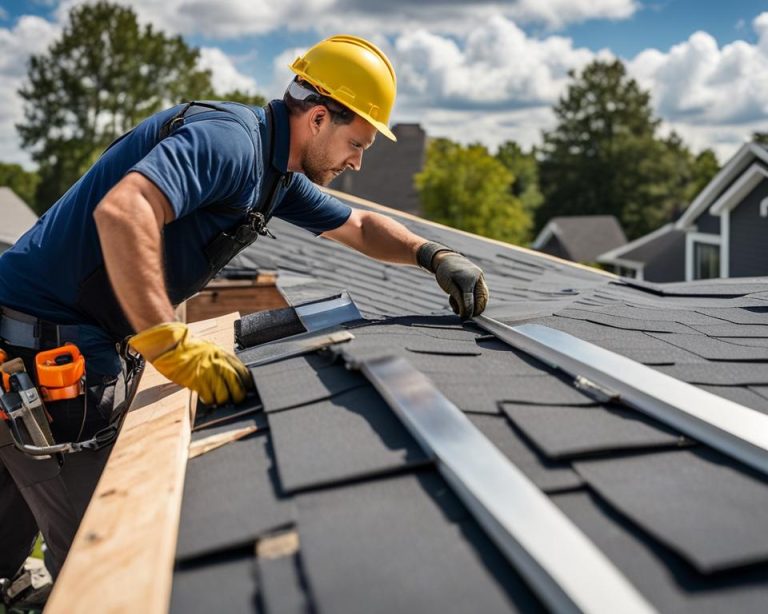Aluminum Walkways: Bridging The Gap Between Functionality And Sustainability
Aluminium walkways stand as a testament to the seamless integration of functionality and sustainability in modern construction practices. As cities evolve and populations grow, the demand for efficient, durable, and eco-friendly infrastructure becomes increasingly paramount. In this article, we look into the myriad benefits of aluminium walkways, exploring how they bridge the gap between functionality and sustainability in urban landscapes.
Lightweight Durability: The Core Of Functionality
At the heart of aluminium walkways lies their lightweight yet durable nature. Aluminum, in contrast to conventional materials like steel or wood, provides an ideal balance of weight and strength, making it an ideal material for walkway construction. Its inherent corrosion resistance ensures longevity, even in harsh environmental conditions, reducing maintenance costs and enhancing overall functionality.
Versatility In Design: Tailoring Functionality To Urban Needs
Aluminium walkways offer unparalleled versatility in design, allowing architects and engineers to tailor solutions to specific urban needs. Whether spanning rivers, connecting buildings, or winding through parks, aluminium walkways can be customised to fit any environment seamlessly. This flexibility not only enhances functionality but also contributes to the aesthetic appeal of urban landscapes, enriching the overall city experience.
Sustainability At The Core: Environmental Benefits Of Aluminum
Beyond functionality, aluminium walkways are champions of sustainability. Aluminum is one of the most recycled materials globally, with a high recycling rate that significantly reduces the environmental footprint of walkway construction. By opting for aluminium, cities can minimise waste generation, conserve natural resources, and mitigate the carbon emissions associated with traditional construction materials.
Energy Efficiency: Lowering Environmental Impact
Aluminum walkways contribute to energy efficiency in multiple ways. Firstly, their lightweight nature reduces the energy required for transportation and installation compared to heavier materials like steel or concrete. Additionally, aluminium’s reflective properties can help reduce urban heat island effects by minimising the absorption of solar radiation, thus lowering the energy demand for cooling in urban areas. By incorporating aluminium walkways into urban design, cities can promote energy conservation and mitigate the impacts of climate change.
Low Maintenance Requirements: Long-Term Sustainability
Maintenance is a crucial aspect of sustainability in infrastructure projects. Aluminium walkways boast minimal maintenance requirements compared to alternatives like wood or concrete. Thanks to its corrosion resistance, aluminium structures require little more than routine inspections and occasional cleaning to maintain their integrity over the long term. This translates to lower lifecycle costs and reduced disruption to urban environments, further reinforcing the sustainability of aluminium walkway solutions.
Enhanced Accessibility: Promoting Inclusivity In Urban Design
Functionality extends beyond structural integrity to encompass accessibility for all members of society. Aluminium walkways excel in this regard, offering smooth, slip-resistant surfaces that are easy to traverse for pedestrians, cyclists, and individuals with mobility aids. By placing accessibility as a primary consideration in urban design, aluminium walkways ensure that all individuals are able to benefit from contemporary infrastructure and foster inclusivity.
Resilience In Extreme Conditions: Weathering The Storm
Climate change poses significant challenges to urban infrastructure, including walkways. Aluminum’s inherent resilience to corrosion, temperature fluctuations, and extreme weather events makes it an ideal choice for climate-resilient infrastructure projects. Whether facing heavy rainfall, high winds, or saltwater exposure in coastal areas, aluminium walkways withstand the elements with minimal degradation, ensuring continued functionality and safety for urban residents.
Conclusion
Aluminium walkways represent a paradigm shift in urban infrastructure, seamlessly bridging the gap between functionality and sustainability. From their lightweight durability to their versatility in design, aluminium walkways offer a host of benefits that enhance the urban experience while minimising environmental impact. By prioritising sustainability in construction practices, cities can build resilient, inclusive, and future-ready infrastructure that serves communities for generations to come. As we look to the future of urban development, aluminium walkways stand as beacons of innovation and progress, paving the way towards a more sustainable and functional urban landscape.
Stay in touch to get more updates & news on Discover Headline!







